This is still the best photography cheat sheet we’ve found online - allmanwhispectilly
This is still the best photography cheat sheet we've found online
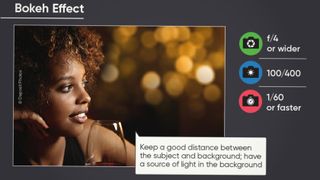
It's often said that everyone's a photographer these days. As consumer cameras get many affordable and smartphones incur more sophisticated, we're all addicted to snapping shots of our time unit lives.
That's why modern smartphones sport beefy trio-camera arrays, with the new iPhone 13 Pro boasting one of the optimum even (go over our iPhone 13 In favor review for more). With such powerful photographic tools at our fingertips, it makes sensation to learn how to use them. And while auto modes volition arrange a decent job of capturing a scene in front of you, to palm all shooting situations and throw something special, you need to switch to manual and memorize how to use a camera's settings. And that goes for a smartphone, too!
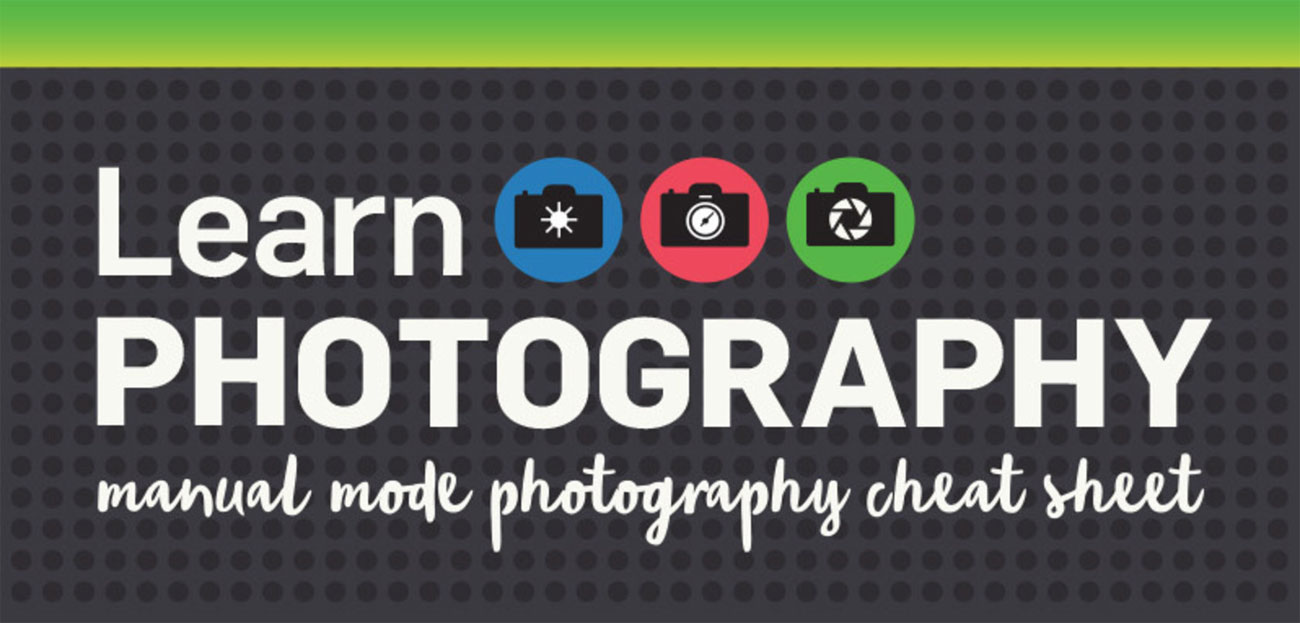
That's where this excellent infographic from Skylum comes in. We first noticed this handy guide earlier this year, simply it's unmoving the best photographic cheat sheet we've establish online, as a transparent, visual explanation of the exposure triangle.
Every time you take a photo, you'Re reconciliation three things. Start, the shutter speed, which is literally how speedily the shutter opens and closes, ordinarily hardcore in fractions of a second.
Irregular, the aperture, which is how wide open the lens is, and thence how practically light it's letting in. It's expressed as an F-number, formatted like this: f/2.8. The lower berth the number, the wider the aperture.
Third, the ISO, which is the sensibility of the sensor. A higher ISO value means the sensor is more sensitive to white, but this also causes more image noise, which is digital caryopsis that makes photos look muddy. ISO is expressed as a numerical value, which doubles for all stop of pic. ISO 100 is generally used in daylight, while ISO 800 and higher is generally obligatory for Night shooting.
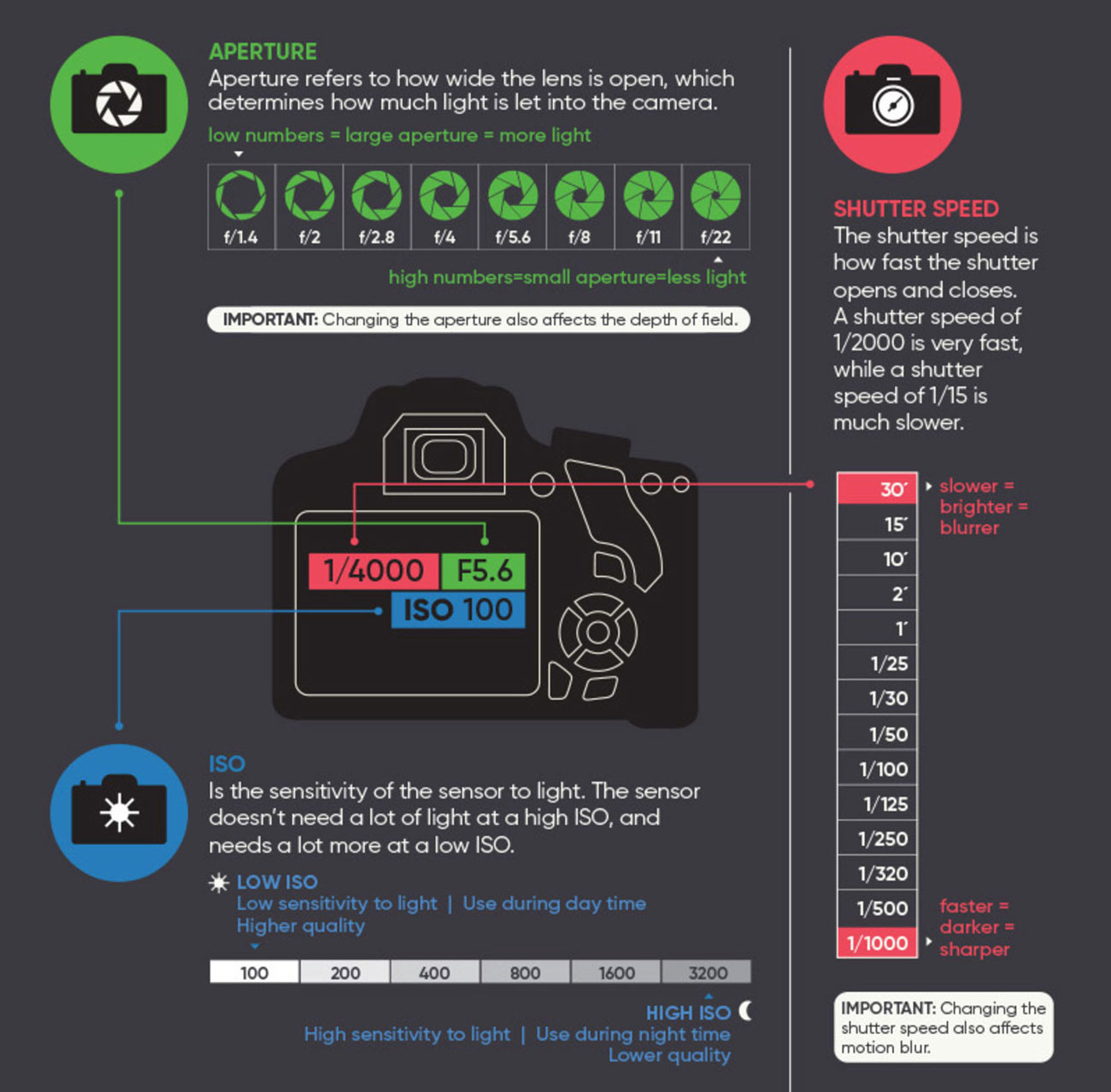
And so if you want an ethereal bokeh effect, you'll need a fanlike aperture of at any rate f/4 to make up a narrow depth of airfield, a fairly low-toned ISO and a shutter speed of at to the lowest degree 1/60; Skylum besides suggest keeping a good distance between the taxable and the background knowledge, and having a light in the background to create that blurred look.
On the opposite hand down, for a sharp natural process shot, you'll indigence a narrower aperture 'tween f/11 and f/16, an ISO between 100 and 400, and a rattling fleet shutter amphetamine of well-nig 1/2000. Remember, though, that 'tween the aperture and shutter speed there's a special amount of wakeful getting to the sensor, so if your first shots turn out a little dark then you'll need to turn the ISO up to correct.
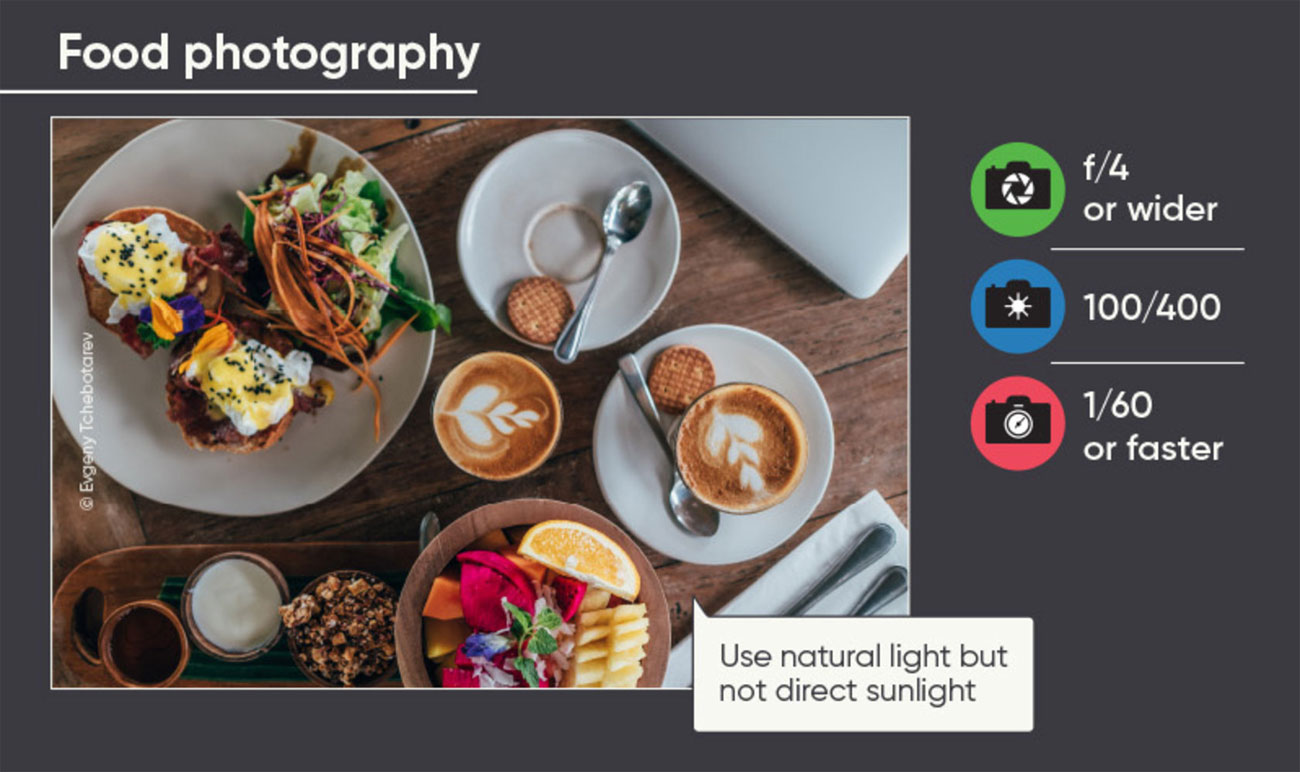
The trick is that completely these values also impress other aspects of an image too as photo, and if you adjust one for enhancive reasons, you need to line up the others to compensate. Fast shutter speeds like 1/500sec or 1/2000sec allow you to freeze dissipated action, simply let in less light, so exploitation same will mean you need to wide-open the aperture wider and/or bump up the ISO.
Similarly, aperture controls depth of field, which essentially refers to how overmuch of the image is in focus (on a horizontal plane between subject and camera). For example, portraiture images where the person's fount is sharp and the backclot is slyly blurred have a neritic astuteness of field – which means the aperture has been opened precise wide, probably at least f/2.8, and if they have an expensive lens, maybe even wider to f/1.8 or f/1.4. This wish intromit a lot of light, so the photographer will lack to use a low ISO and/or a fast shutter speed to compensate.
Skylum's infographic provides a useful visual way to remember completely this, and provides a few hints for different situations. Erst you master the points on the exposure triangle, you can stop thought of them as rules you have to watch over and start thinking of them A tools in your toolkit, every last of which can be used creatively with different effects.
Course, these days, shooting the shot is only half the process – a lot of photography happens in the edit. Skylum's Luminar AI is single of the quickest editing programs thanks to its machine learning tools – check out the fashionable deals on the software below:
Related articles:
- The best smartphone lenses: Best phone lens for iPhone and Android
- The optimal point-and-shoot cameras in 2022
- The best mob lights for photos, Zoom, videos, YouTube and more
Related articles
Source: https://www.creativebloq.com/news/photography-cheat-sheet
Posted by: allmanwhispectilly.blogspot.com

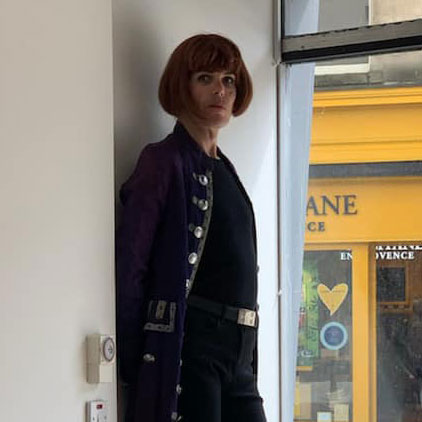
0 Response to "This is still the best photography cheat sheet we’ve found online - allmanwhispectilly"
Post a Comment